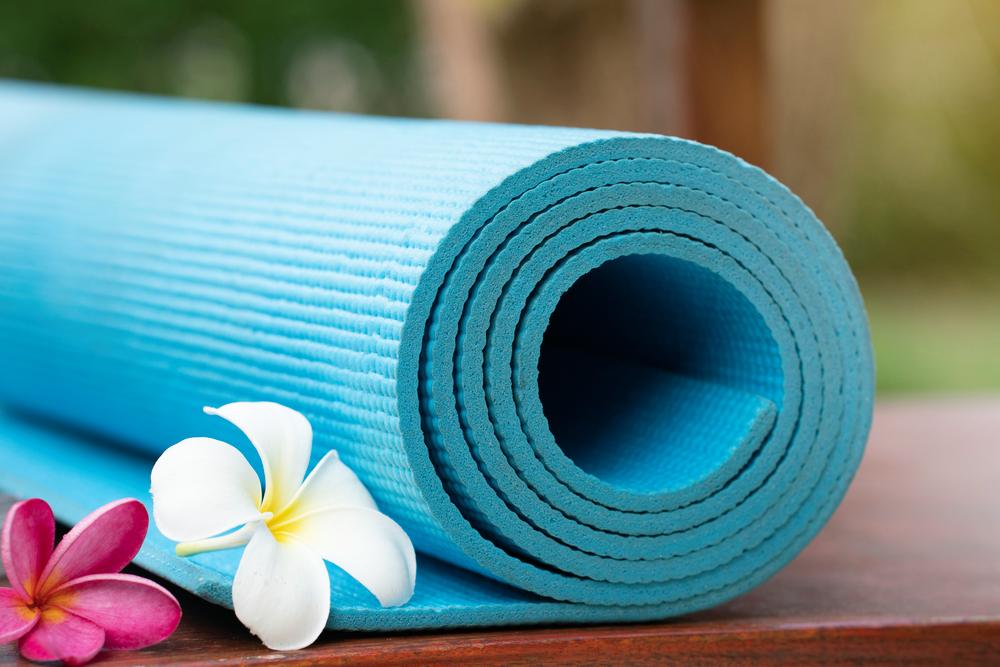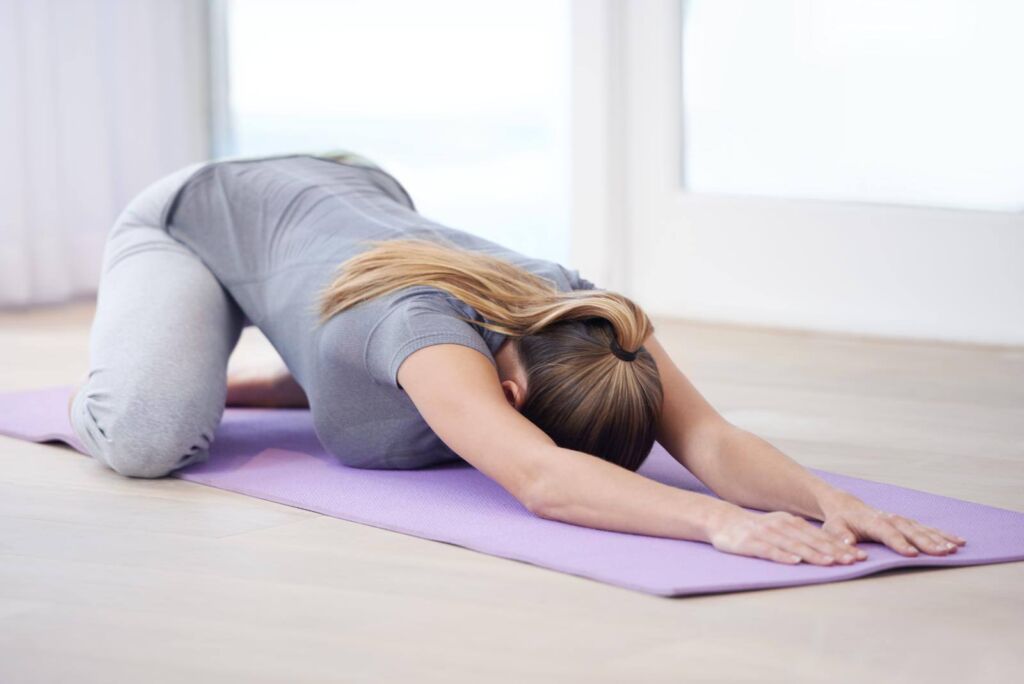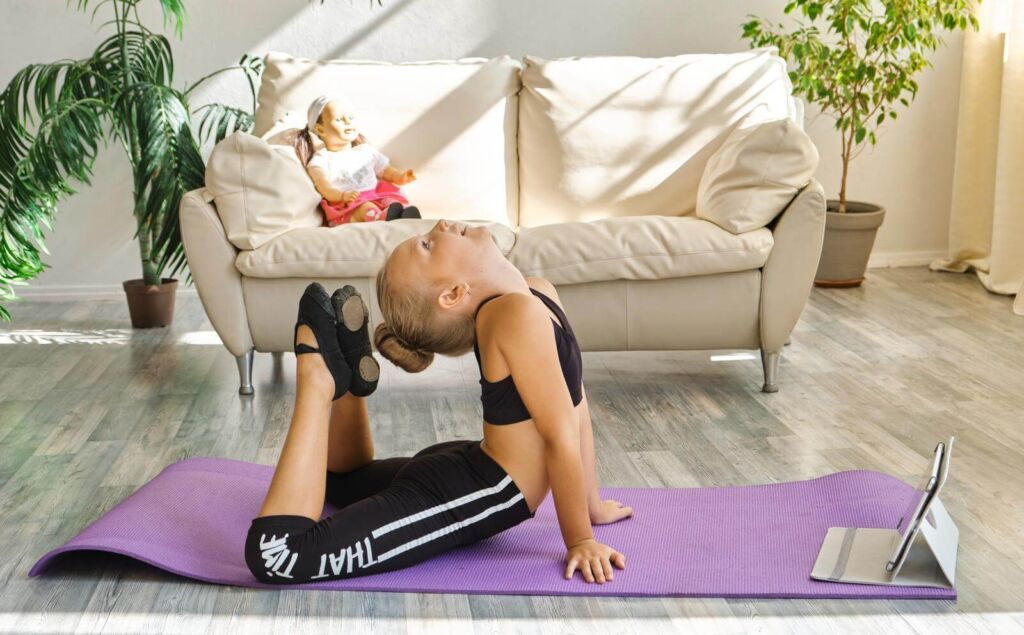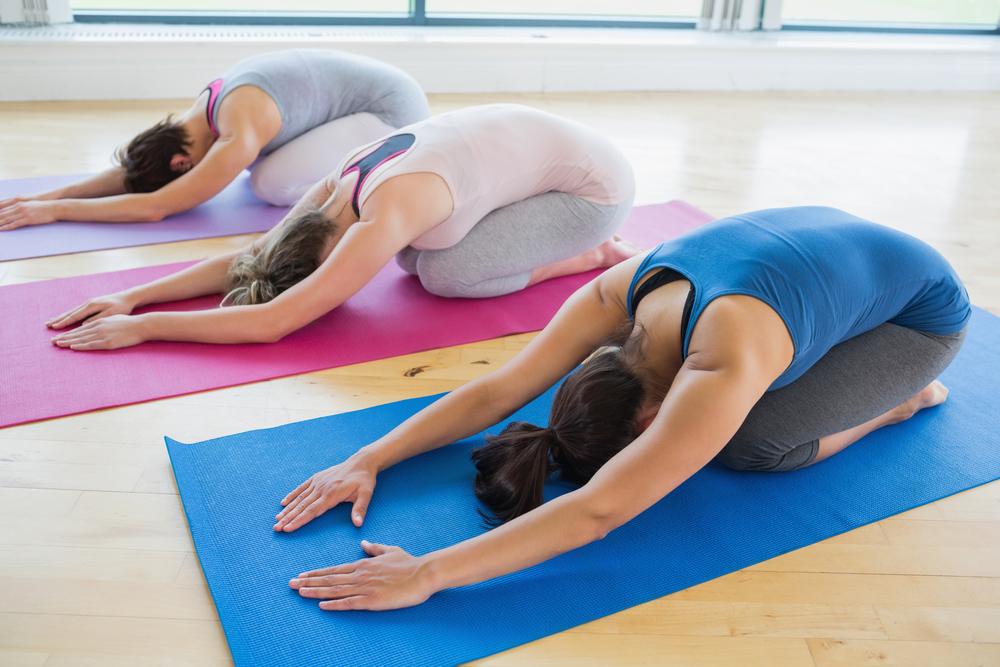Yoga is everywhere nowadays, so by extension, yoga equipment is a booming business. With that said, how many types of yoga mat are there? Let’s dive in.
There was a time when there was just a basic yoga mat, but since yoga has grown in popularity in the last couple of decades, yoga mats have become an $11 billion business. So, how many types of yoga mats are there? There are dozens of types of yoga mats, too many to put an exact number on, from basic mats, jute mats, cotton mats, kids mats, and more.
As yoga has become more popular, savvy businesses eager to cash in on the industry have started offering all types of different yoga props, apparel, and gear. Aside from differences in yoga mat color and material, you can choose different sizes like a travel size, extra long, and extra wide, as well as varying thicknesses and shapes like square, hourglass, oval, or round. Here are a few popular yoga mats.
Contents [hide]
1. Standard Or Traditional Yoga Mat

Historically, many yogis used animal skin rugs. However, with progress, most yogis currently use mats made of synthetic or fabric materials. Standard yoga mats measure about 70″ by 24″. The average thickness of a standard yoga mat is 4.5 millimeters.
2. Plastic Elastomer Yoga Mat
For excellent traction, consider a plastic elastomer mat. These mats are an excellent choice for people who have sensitive skin. If you’re hesitant to purchase a yoga mat, you might be wondering do yoga studios provide yoga mats.
3. Natural Yoga Mat
If sustainability is important to you, consider a mat made with natural materials, like hemp or cotton. Many yogis choose natural mats because the materials are biodegradable. Natural yoga mats may show fray or wear more quickly than hybrid or synthetic mats.
4. Jute Yoga Mat

As more yogis move to biodegradable yoga mats, jute is becoming more popular. Jute fibers are found mainly in Southeast Asia, and a jute mat is perfect for all types of yoga. These mats breathe naturally.
5. Synthetic Yoga Mat
Synthetic mats are usually made with non-toxic materials. To ensure that you’re not getting a mat that’s made with harmful materials such as PVC, read the label carefully. Check out our yoga meditation room ideas so you can practice at home.
6. Hybrid Yoga Mat
Hybrid yoga mats last longer than natural mats, and this appeals to many yogis. If you do heavy workouts, choose a mat with a thermoplastic elastomer underlay. With a hybrid mat, you can enjoy comfort with biodegradable components.
7. Acupressure Mat
Only the most hard-core yogis will brave an acupressure mat. These mats are designed with ergonomic knobs that help yogis target the body’s pressure points through various poses. The knobs have little spikes, so these mats aren’t exactly super comfy.
8. Child-Friendly Yoga Mat

Did you know that there are yoga mats that are made for children? Yoga mats for kids are lightweight and shorter. For kids, a yoga mat should have plenty of padding. It’s also helpful to buy a mat with printed guidelines and pose examples.
9. Sticky Yoga Mat
Many types of yoga mats are sticky mats. The word “sticky” doesn’t refer to the material sticking to your body. Rather, it implies that the mat is skid-resistant because of its unique surface and specific formulation.
10. Reversible Yoga Mat
With a reversible mat, you can switch between different practice styles. One side of a reversible mat is made from microfiber fabric, and the other side is made with a sticky surface.
FAQs About How Many Types Of Yoga Mat Are There?
What type of yoga mat is best?
The best yoga mat for you will depend on your needs and preferences. With so many different types of yoga mats to choose from, you’ll have to determine what size, shape, thickness, and material you like in your yoga mat. To find the best yoga mat for you, we recommend reading reviews online to see what other consumers say about various mats.
Is there a difference between cheap and expensive yoga mats?
1. More durable
2. Eco-friendly
3. Slip-resistant
4. May save you money in the long run
5. Have alignment cues
6. Guarantee or warranty
With that said, the most important thing is to get started. Starting your yoga practice with a basic mat that’s less expensive is fine. Later, you can invest in a higher-quality mat.
How much does a good yoga mat cost?
You can find a basic yoga mat for under $20. Higher-end yoga mats can cost $100 or more. Remember that, in some cases, you’re paying for the brand name. For this reason, we recommend choosing your yoga mat based on its features and reviews, not on the branding.



